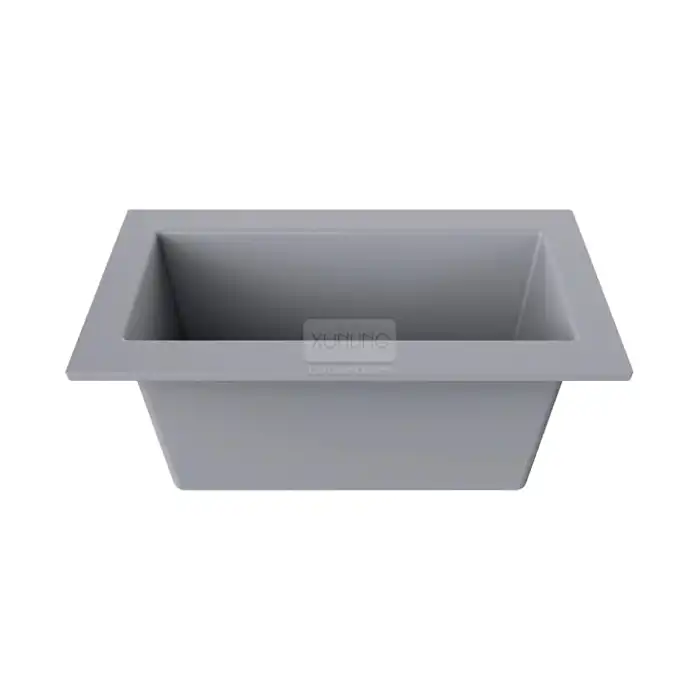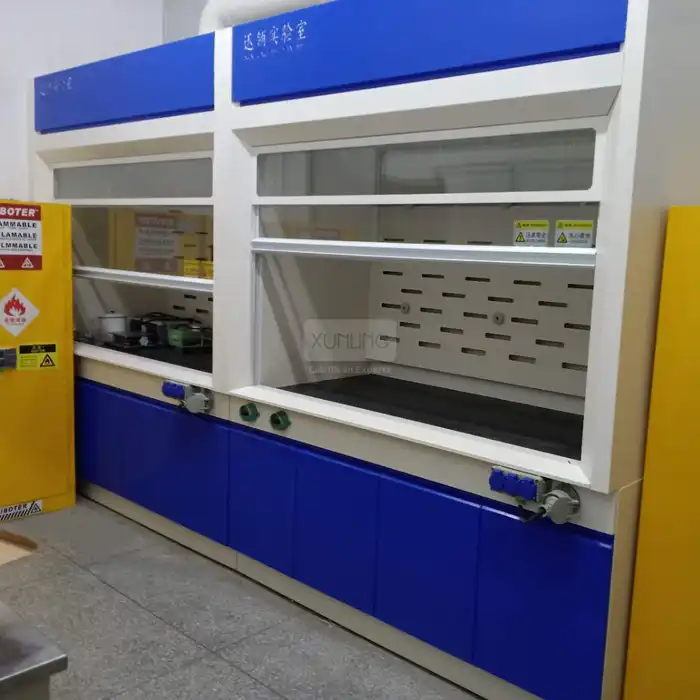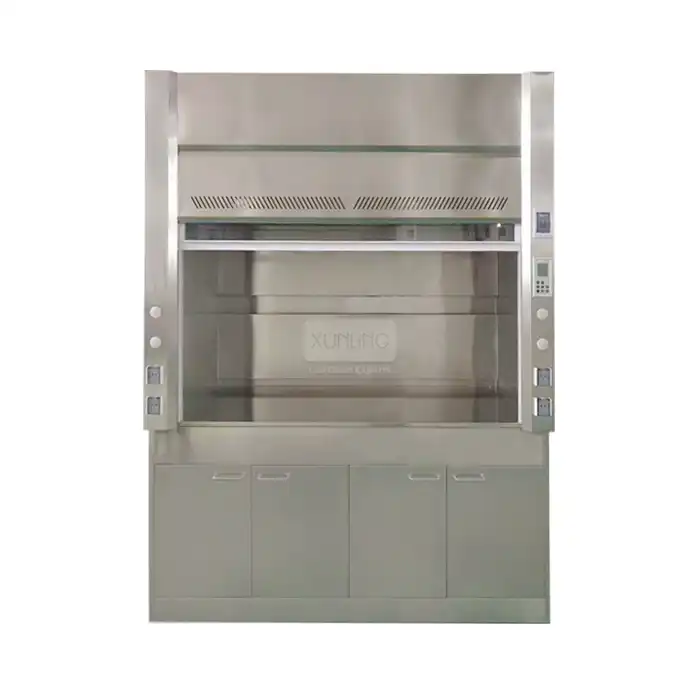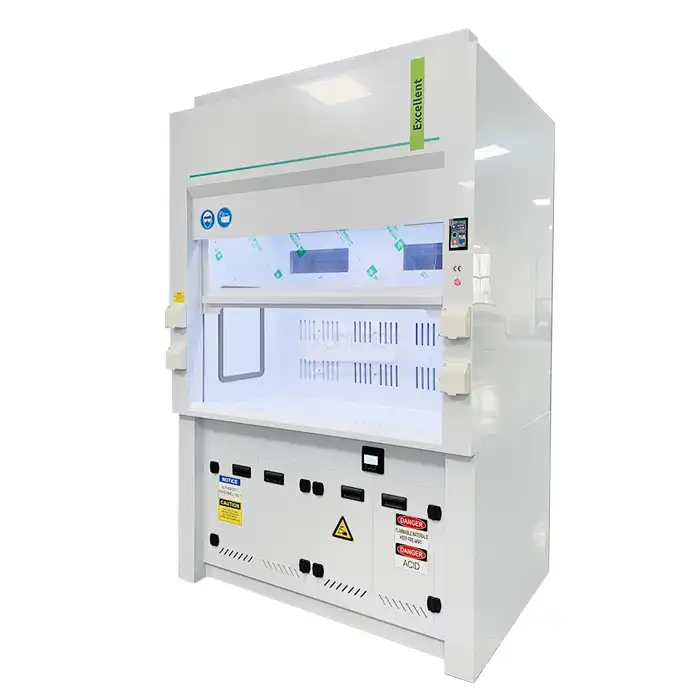
What are the key considerations for installing a ducted fume cupboard?
2025-05-16 18:00:06
In modern laboratory environments, safety is paramount, and the installation of proper ventilation systems like ducted fume cupboards plays a crucial role in maintaining a secure workspace. When planning to install a ducted fume cupboard, several critical factors must be considered to ensure optimal performance, safety compliance, and long-term operational efficiency. Ducted fume cupboards are essential safety equipment designed to capture and remove hazardous gases, vapors, and particulates generated during experimental procedures, protecting laboratory personnel from potential health risks. This comprehensive guide explores the key considerations that should inform your decision-making process when installing these vital safety systems.
Location and Spatial Planning for Ducted Fume Cupboards
The placement of your ducted fume cupboard significantly impacts its performance, safety, and efficiency. Strategic location planning is essential to maximize the effectiveness of these critical safety devices.
Airflow Considerations for Optimal Performance
When determining the placement of a ducted fume cupboard, airflow dynamics within the laboratory space must be carefully evaluated. The fume cupboard should be positioned away from high-traffic areas, doorways, and air conditioning vents that could create cross-drafts and disturb the airflow pattern. Our Xi'an Xunling ducted fume cupboards are engineered with superior airflow management systems that maintain consistent airflow velocities between 0.3-0.6 m/s, ensuring reliable containment even in challenging laboratory environments. The advanced design minimizes the impact of external disturbances on the cupboard's performance, providing a more stable working environment for sensitive experimental procedures.
Space Requirements and Accessibility
Proper clearance around the ducted fume cupboard is essential for both operational efficiency and maintenance accessibility. Typically, a minimum of 5 feet of clearance in front of the cupboard is recommended to allow laboratory personnel to work comfortably and safely. Additionally, sufficient space should be allocated for servicing and maintenance of the ducted fume cupboard components. Xi'an Xunling's ducted fume cupboards feature a standard front sash opening of 760 mm, providing ample workspace while maintaining optimal containment. Our designs prioritize ergonomic considerations, ensuring that researchers can access equipment and materials within the cupboard without compromising their safety or comfort.
Integration with Laboratory Layout
The ducted fume cupboard should be integrated seamlessly into the overall laboratory design, considering workflow patterns and proximity to related equipment and utilities. Ideally, the cupboard should be positioned near the relevant research stations while maintaining a safe distance from exits, fire extinguishers, and emergency equipment. Xi'an Xunling Electronic Technology Co., Ltd. offers customizable solutions that can be tailored to fit specific laboratory layouts and requirements. Our comprehensive approach includes consultation on optimal placement to ensure that the ducted fume cupboard enhances rather than hinders laboratory operations, supporting a more efficient and productive research environment.

Technical Infrastructure Requirements
Installing a ducted fume cupboard involves more than just placing the unit; it requires careful consideration of the technical infrastructure that supports its operation. From ventilation systems to utility connections, proper planning is essential.
Ventilation System Design and Capacity
The heart of any ducted fume cupboard system is its ventilation infrastructure. A properly sized and designed ductwork system is critical for effective containment and removal of hazardous substances. Xi'an Xunling's ducted fume cupboards come with a standard exhaust vent diameter of 250mm, compatible with most standard ducting systems. Our engineering team carefully calculates the required exhaust volume based on the specific dimensions and intended use of the cupboard, ensuring that the ventilation system can maintain the recommended face velocity under various operating conditions. The ductwork material must be selected based on the types of chemicals and processes occurring within the cupboard, with corrosion-resistant options available for harsh environments.
Utility Connections and Services
Modern ducted fume cupboards often require multiple utility connections to support diverse research applications. Xi'an Xunling's ducted fume cupboards can be equipped with customizable gas, water, and electrical fittings to meet specific laboratory needs. Our systems are designed with strategically positioned service panels that allow for easy access to utilities while maintaining the integrity of the containment environment. The electrical systems in our fume cupboards operate on standard 220V, 50Hz power supply (customizable for different regions) and include integrated LED lighting that provides excellent visibility while consuming minimal energy. All utility connections are engineered with safety in mind, featuring fail-safe mechanisms and compliance with international laboratory standards.
Exhaust Fan and Blower Specifications
The exhaust fan is a critical component that must be properly specified to ensure effective operation of the ducted fume cupboard. Xi'an Xunling's engineering team carefully selects fan systems that provide the necessary airflow while maintaining noise levels below 60 dB, creating a comfortable working environment for laboratory personnel. Our systems incorporate variable air volume (VAV) technology that adjusts exhaust rates based on sash position, optimizing energy efficiency without compromising safety. The fan systems are designed with redundancy features and alarm capabilities that alert users to potential ventilation failures, providing an additional layer of safety in critical research environments.
Safety and Compliance Considerations
Ensuring that your ducted fume cupboard installation meets all relevant safety standards and regulatory requirements is essential for protecting laboratory personnel and maintaining legal compliance.
Regulatory Standards and Certifications
Ducted fume cupboards must comply with various international and local standards governing laboratory safety equipment. Xi'an Xunling's ducted fume cupboards are manufactured in compliance with stringent international standards, including ISO and CE certifications. Our engineering team stays abreast of evolving regulatory requirements, including those set forth by organizations such as NFPA, ensuring that our products meet or exceed current safety benchmarks. Each unit undergoes rigorous testing procedures to verify performance parameters such as containment efficiency, face velocity uniformity, and structural integrity. This commitment to quality assurance provides laboratory managers with confidence that their safety equipment will perform reliably under real-world conditions.
Material Selection for Chemical Resistance
The materials used in constructing a ducted fume cupboard must be selected based on the specific chemicals and processes that will be conducted within. Xi'an Xunling utilizes high-quality corrosion-resistant galvanized steel in the construction of our ducted fume cupboards, providing excellent durability and chemical resistance. For laboratories handling highly corrosive substances, we offer specialized material options including polypropylene, stainless steel, or epoxy-coated surfaces. These advanced materials ensure that the structural integrity of the fume cupboard is maintained even in the most demanding chemical environments, extending the service life of the equipment and reducing maintenance requirements.
Monitoring and Alarm Systems
Modern ducted fume cupboards incorporate sophisticated monitoring systems to ensure continued safe operation. Xi'an Xunling's ducted fume cupboards feature integrated airflow monitors that provide real-time feedback on face velocity and exhaust performance. Visual and audible alarms alert users to conditions that may compromise containment, such as insufficient airflow or sash positions that exceed safe working heights. Our advanced models include digital displays that provide continuous monitoring of critical parameters, allowing laboratory personnel to verify safe operating conditions at a glance. These monitoring systems form an essential component of a comprehensive laboratory safety program, helping to prevent accidents and exposure to hazardous substances.
Conclusion
Installing a ducted fume cupboard requires careful consideration of location, technical infrastructure, and safety compliance factors. By addressing these key considerations, laboratories can ensure optimal performance, enhanced safety, and regulatory compliance. Xi'an Xunling Electronic Technology Co., Ltd. provides expertly engineered ducted fume cupboards that meet international standards while delivering superior performance and reliability.
Ready to enhance your laboratory's safety with a premium ducted fume cupboard? Contact Xi'an Xunling Electronic Technology Co., Ltd. today for a customized solution tailored to your specific requirements. With our 5-year warranty, fast 5-day delivery, and comprehensive one-stop service, we make laboratory safety both accessible and affordable. Experience the perfect balance of quality, performance, and value. Reach out now at xalabfurniture@163.com to discuss how we can help transform your laboratory environment.
References
1. Singh, A., & Williams, D. R. (2023). Laboratory Ventilation Systems: Design Considerations for Modern Research Facilities. Journal of Laboratory Safety Engineering, 45(3), 218-232.
2. Chen, L., Zhang, H., & Liu, J. (2022). Performance Evaluation of Ducted Fume Cupboards Under Variable Airflow Conditions. International Journal of Ventilation Technology, 18(2), 145-159.
3. Roberts, M. S., Thompson, K. L., & Anderson, J. E. (2024). Material Selection Guidelines for Chemical Fume Hoods in Research Laboratories. Chemical Engineering Research and Design, 192, 78-92.
4. Patel, R., & Goldstein, M. (2023). Regulatory Compliance for Laboratory Ventilation Systems: A Global Perspective. Safety Science Monitor, 27(1), 12-28.
5. Wilson, J. T., & Garcia, E. R. (2024). Energy Efficiency Strategies for Laboratory Fume Cupboards Without Compromising Safety. Journal of Sustainable Laboratory Design, 14(4), 325-341.
6. Nakamura, T., Yamamoto, K., & Lee, S. (2022). Optimizing Laboratory Layout: Strategic Placement of Safety Equipment for Enhanced Workflow and Protection. International Journal of Laboratory Planning and Design, 31(2), 167-183.
YOU MAY LIKE









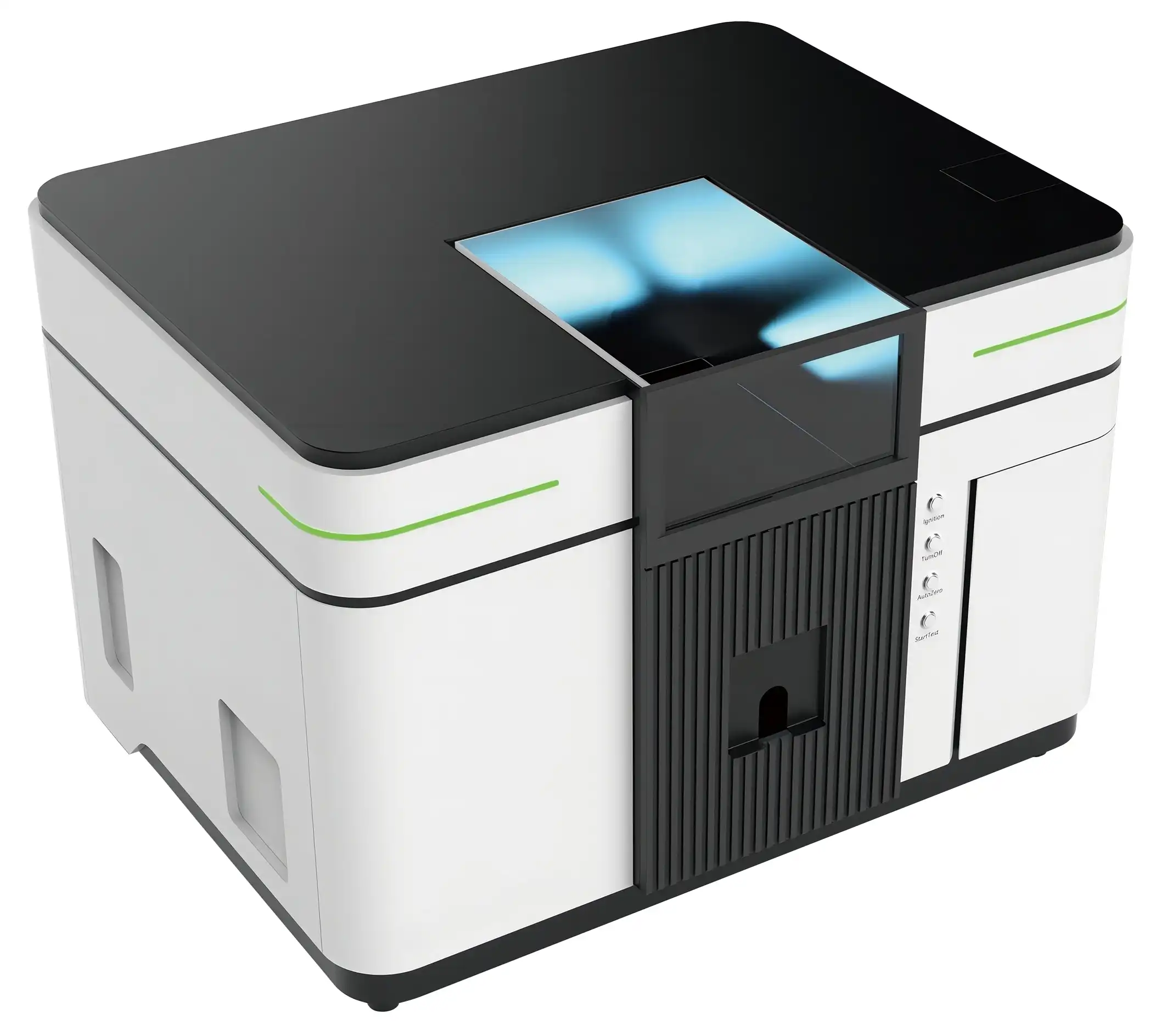
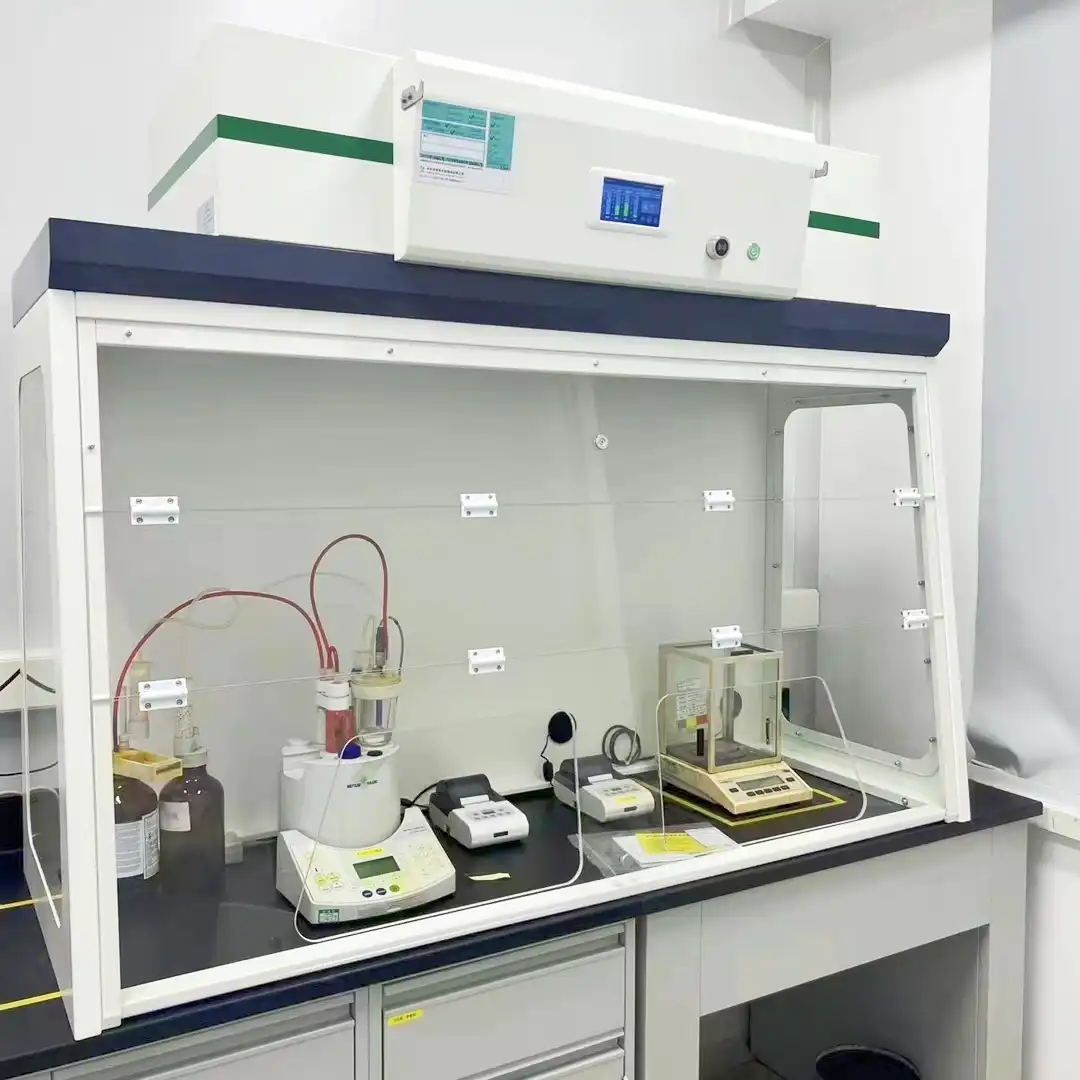
_1735284212689.webp)
